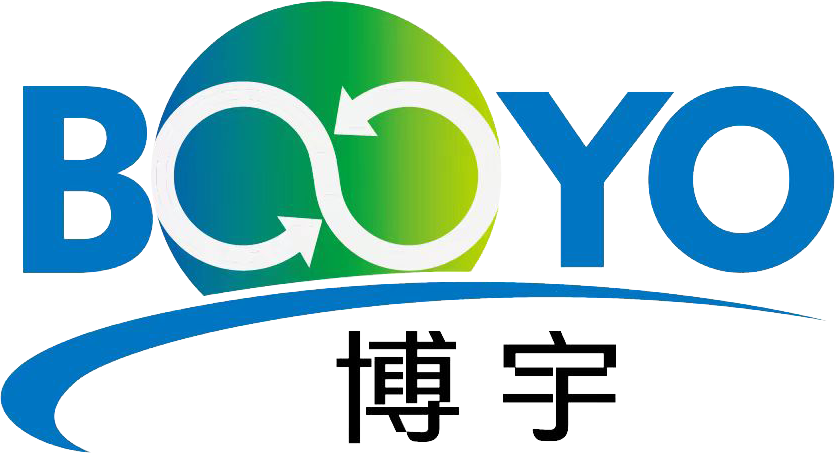
Our News
Find out about our latest news here.
Latest News
- ▶ High-Efficiency Surface Condenser Solutions:
- ▶ Health, Safety and Environment (HSE) Policy
- ▶ Conflict-of-Interest Policy
- ▶ Can a Welded Spiral Heat Exchanger Solve Fouling and Blockage Problems?
- ▶ Anti-Bribery and Corruption (ABC) Compliance Policy
- ▶ The Critical Role and Application of Heat Exchangers in the Natural Gas Treating Process
Message
Working Principle
The twisted tube is formed by plastically deforming straight tubes into a continuous helical shape. This geometry induces secondary flow and turbulence in both the tube-side and shell-side fluids, which helps:
Disrupt laminar boundary layers, enhancing the convective heat transfer coefficient;
Eliminate flow dead zones, ensuring uniform distribution of shell-side fluids;
Reduce fouling due to increased shear stress and self-cleaning effect.
Unlike conventional shell-and-tube heat exchangers that require baffles to direct shell-side flow, twisted tube designs achieve enhanced flow performance naturally through their geometry, reducing pressure losses and mechanical complexity.
Structural Features
Helically twisted tubes with enhanced turbulence-promoting surfaces;
Self-supporting tube bundle structure eliminates the need for baffles;
Compact design, offering a higher heat transfer area per unit volume;
Wide material compatibility, including carbon steel, stainless steel (304/316L), duplex steel, titanium, and other corrosion-resistant alloys;
Available in fixed tube sheet, U-tube, and floating head designs, suitable for various cleaning and maintenance requirements.
Key Technical Advantages
Typical Applications
Twisted tube heat exchangers are ideal for high-performance thermal exchange where fouling, efficiency, and pressure drop are concerns. Key industrial applications include:
Steam condensers in power plants;
Crude oil and gas cooling systems in refineries;
Oil-to-oil and oil-to-water heat exchangers in chemical processes;
Waste heat recovery units for boilers and turbines;
Amine and glycol cooling systems;
Viscous fluid exchangers in polymer, fertilizer, and petrochemical plants.
Performance and Operational Benefits
Improved heat transfer performance in both laminar and turbulent flow regimes;
Lower fouling rate, resulting in reduced cleaning frequency and longer uptime;
Eliminated or reduced need for internal baffles, simplifying mechanical design;
Reduced operating costs due to energy savings and minimized maintenance;
Increased reliability and longevity, even in corrosive and high-pressure environments;
Effective thermal performance under compact spatial constraints.
Summary
The Twisted Tube Heat Exchanger represents a next-generation solution for industries requiring compact, efficient, and low-maintenance heat transfer equipment. By enhancing turbulence and minimizing fouling through a simple geometric innovation, it delivers superior thermal performance, extended service life, and reduced total cost of ownership compared to traditional heat exchanger types.
PROFESSIONAL CONSULTATION
If you are interested in our products and want to know more details, please leave a message here, we will reply you as soon as we can.